Need a moment of zen during your hectic day? A YouTube video posted today by Arlington National Cemetery is delivering just that.
The video shows the cemetery’s hallowed ground in bloom and bathed in sunlight during the early spring.

Need a moment of zen during your hectic day? A YouTube video posted today by Arlington National Cemetery is delivering just that.
The video shows the cemetery’s hallowed ground in bloom and bathed in sunlight during the early spring.

This past weekend was spring forward for time. This week as been spring open for cherry blossoms.
Thanks to warm and sunny weather, tree blossoms have been opening at a rapid clip, and that includes those on Arlington’s cherry blossom trees.
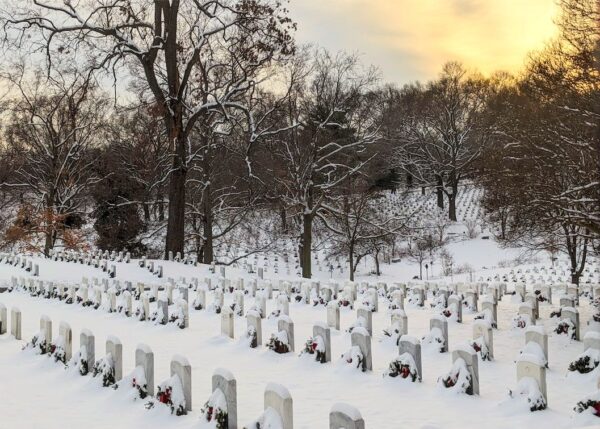
Arlington National Cemetery will lose some of its festive aesthetics on Saturday as volunteers remove holiday wreaths from the cemetery’s hundreds of thousands of graves.
Thousands of volunteers are expected to participate the annual “Wreaths Out” event, disposing of approximately 257,000 wreaths in Arlington as well as 14,000 wreaths at the Soldiers’ and Airmen’s Home National Cemetery in D.C.
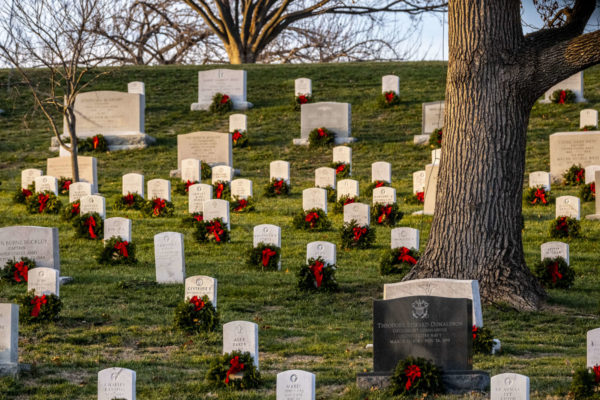
The annual Wreaths Across America event is returning to Arlington National Cemetery next week.
The event will take place next Saturday, Dec. 16, starting at 8 a.m. Members of the public are invited “to lay wreaths at headstones and columbarium niches throughout the cemetery to honor and remember our nation’s service members this holiday season.”
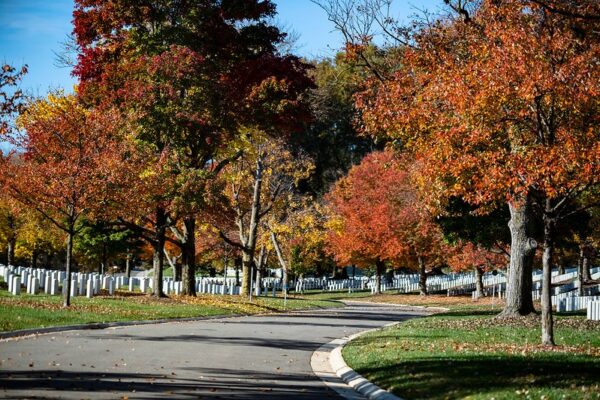
Arlington National Cemetery is offering a free guided walking tour this Friday to highlight its autumn foliage.
Beyond serving as the final resting place for more than 400,000 military service members, the cemetery is also an accredited arboretum, home to over 500 species of trees, including maple, oak and sweetgum.
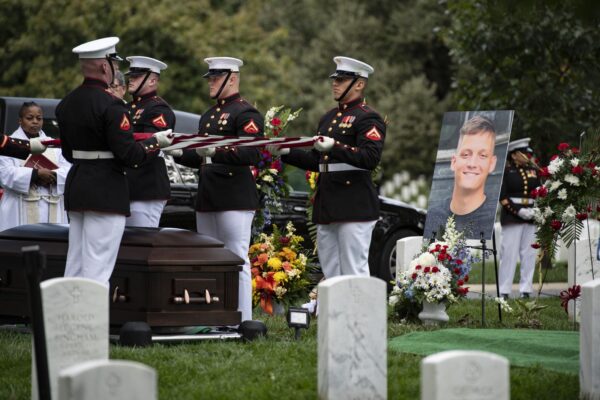
The following was written by Kevin M. Hymel of Arlington National Cemetery. It was linked in yesterday’s Morning Notes but is republished this morning with permission. Cpl. Collart grew up in Arlington and graduated from Washington-Liberty High School.
Alexia Collart’s eyes filled with tears as she accepted the flag that had been draped over her son Marine Cpl. Spencer R. Collart’s casket. Her daughter Gweneth, sitting beside her, openly wept. Bart Collart, Cpl. Collart’s father, held back tears. The family’s grief spread to the crowd of more than 100 family and friends, who either dabbed their eyes or let the tears roll down their cheeks.
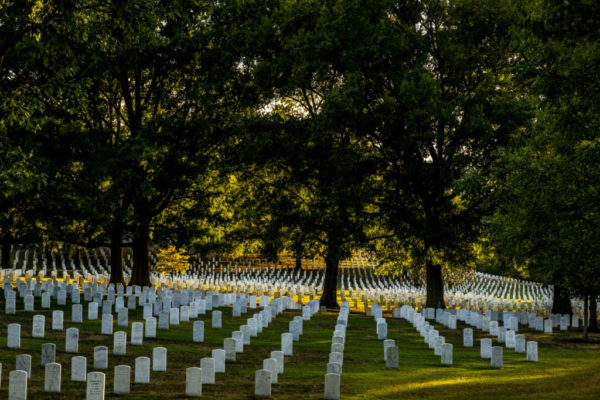
(Updated at 4:15 p.m.) Arlington National Cemetery was closed for most of the day today due to a bomb threat.
The cemetery said on social media Friday morning that the threat is being investigated.
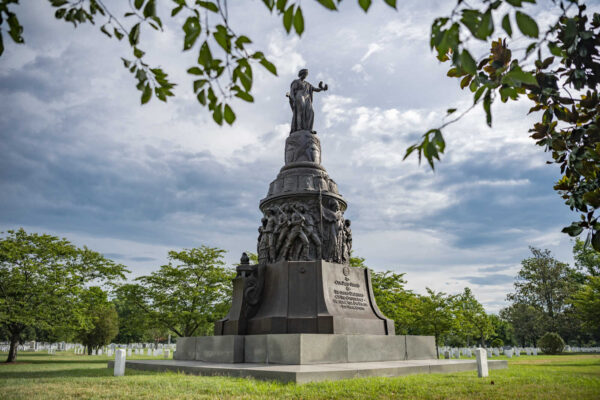
Arlington National Cemetery is seeking public input on its proposal to remove the Confederate Memorial from its grounds.
Atop a 32-foot-tall pedestal in the cemetery stands a bronze statue of a woman depicting Confederate soldiers and Southern civilians, according to the cemetery website. The figures include an enslaved woman holding the infant child of a white officer and an enslaved man following his owner to war.
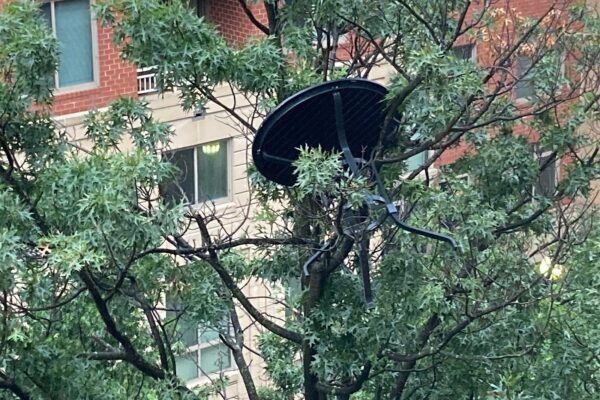
(Updated at 4:05 p.m.) The herculean effort to clean up from Saturday’s storms and restore power to tens of thousands is continuing Monday morning.
The GW Parkway remains closed to most traffic between Spout Run Parkway and the Beltway — and is expected to remain closed until later this week, as crews work to clear a large number of downed trees and branches.
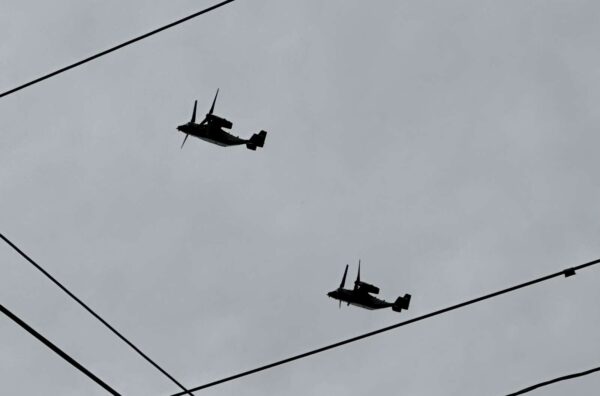
Get ready for the roar of military aircraft tomorrow.
Two separate military flyovers of Arlington National Cemetery are planned for Thursday, one in the morning and one in the afternoon.
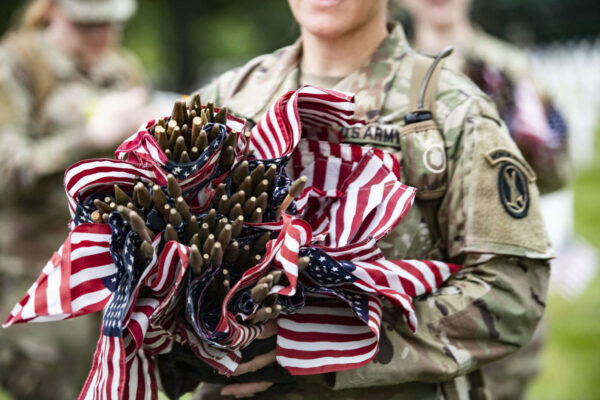
It’s Memorial Day weekend in Arlington.
The flags are in at Arlington National Cemetery, ‘Rolling to Remember’ participants are rolling up to local hotels, and the 35% of locals who say they’re traveling for the weekend have been keeping National Airport busy.